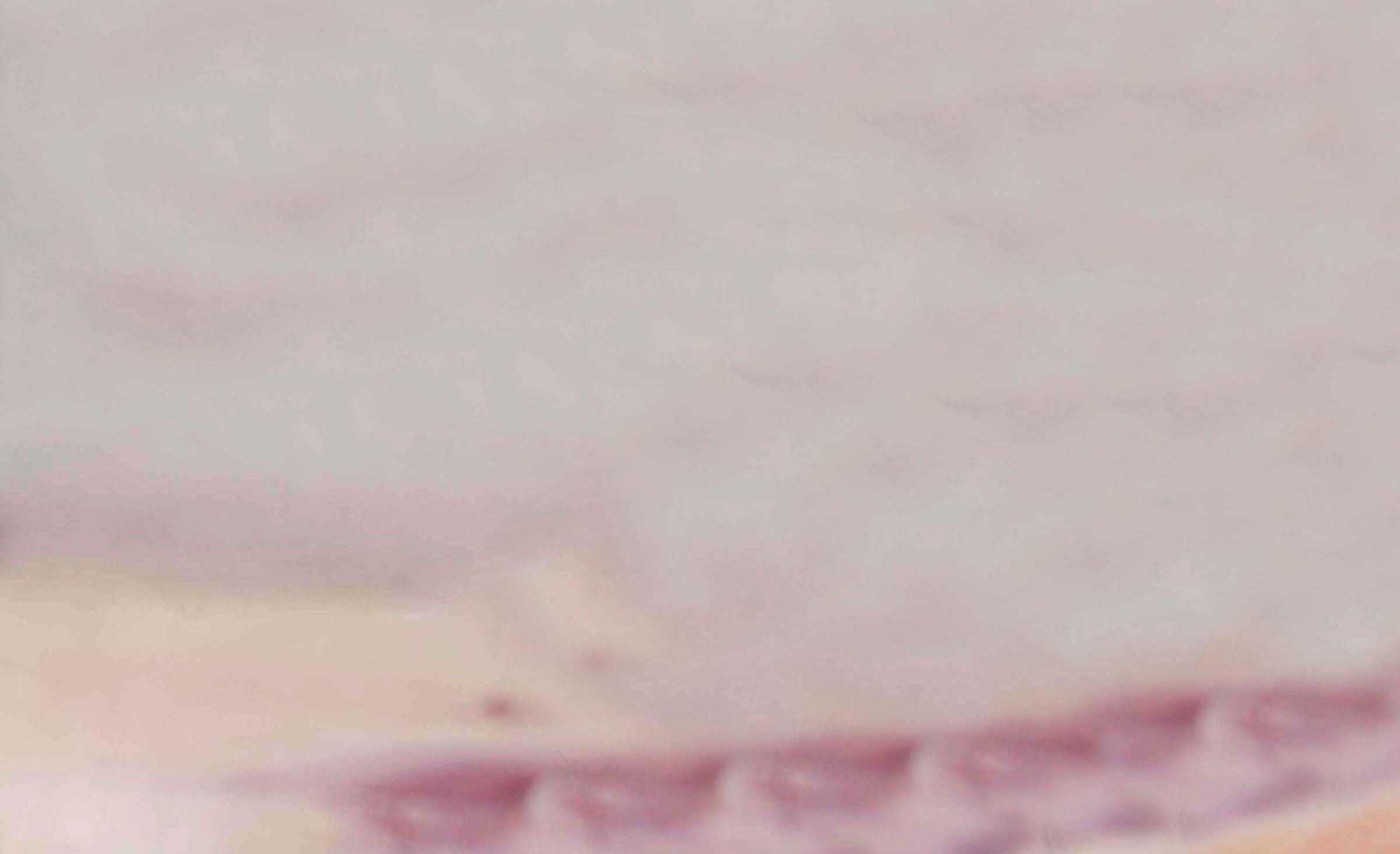Sometimes, the simple act of restoring motion can bring about a huge improvement in a patient's health.
How is that possible? Because life is motion.
Everywhere in the body fluid, joint, muscle and bone move together in an intricate dance to maintain our health. Blood flows through the body with the pumping of the heart. The heart and brain rhythmically expand and contract. The bones of the skull minutely flex like the gears of a Swiss Watch to pump the sinuses. The rhythmic motion of the diaphragm not only propels air through the lungs, it also massages the adrenal glands, essential for the production of cortisone.
Let’s use car accidents as an example of what happens when motion is restricted. Every organ in the body from the brain to the heart and the liver can get damaged by the tremendous forces generated in even a low speed collision. A jammed joint by the side of the eye - common after the head strikes the headrest - can trap the middle meningeal artery and cause migraines, Compress a few ribs too tightly into the spine- common after the chest strikes the seatbelt – and people can develop asthma, bronchitis, colds, even pneumonia. A vertebra in the neck that no longer glides freely on its partner below can cause dizziness, balance problems and even shoulder pan. The tightening of the diaphragm can cause acid reflux and extreme fatigue. The key to restoring health in many these cases is restoring motion.

YOU CAN GET BETTER!
Once the body’s natural motion is restored, patients regain their trajectory toward health. All sorts of problems melt away. Hearing improves. Dizziness, nausea, blurred vision, ringing in the ears, balance problems, problems with memory and thinking disappear. Headaches, digestive problems, neck, back, arm, shoulder, hip, and leg pain go away. Patients regain their old energy. Patients begin to hold their improvements from other modalities like physical therapy.. They can once again sleep deeply, work effectively, exercise vigorously and interact joyously with their families.
My knowledge of what is necessary to coax the body back to health comes from my rigorous training in osteopathic manual medicine. Osteopathic physicians with our thorough training in anatomy, kinesiology and physiology can feel the vectors of force that twist, distort and compress victims of accidents. Then with precise techniques, physicians like me gently restore motion and function to the injured areas.
What You can do to Restore Motion
There are many ways you can participate in your own healing and restore motion to your body. Simple things like singing can get help loosen the restriction of your diaphragm. Movement therapies such as yoga, Chi Gong, Tai Chi, Pilates, Alexander and Feldenkraise can help restore motion to the sacrum, the diaphragm, the ribheads, the shoulder girdle. Sensible nutrition and supplementation can also help heal injured tissues.



